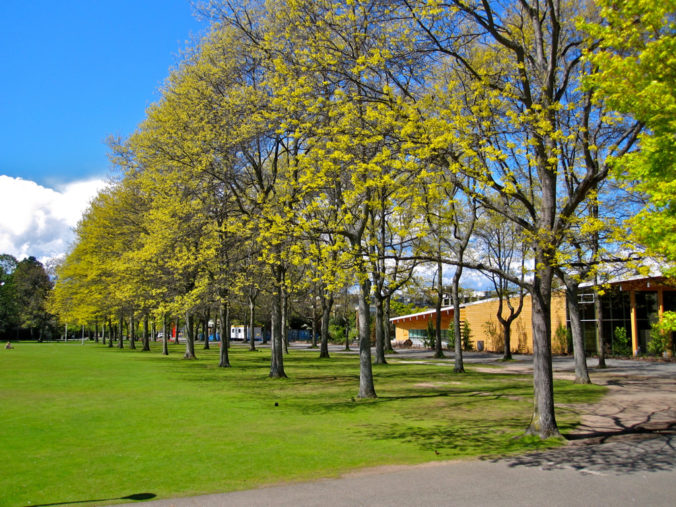What does it mean to network using social media?
With the rapid development of the Internet in the 21st century, most people choose to create their own social media on the network, which has become a mainstream trend. By watching videos, I think the establishment of social media on the Internet means that people’s contact becomes more convenient and people’s contact with society becomes closer. While providing a platform for people to communicate with others, the Internet also helps people have the opportunity to understand real-time information from all over the world. Various functions mean that the establishment of social media on the network means the progress of communication methods and has a significant impact on the evolution of learning methods.
How are we motivated to participate in networked publics?
Because the network is a very important factor in career in today’s society, people are encouraged to participate in networked public.I think the best way to encourage them to use it is to let them understand the benefits of this feature.It can attract the public from the aspects of purpose, inclusion, usefulness, security, and offering choice.
What are the risks & rewards of public communications?
The biggest risk of public communication is the control of users’ private information. Danah mentioned that “even reaching true control is nearly impossible because control presents many things that are often untenable.” this is very important because it means that the possibility of privacy information exposure will not be completely solved at the present stage. In addition, the control of information is not as simple as we think. Any mistake in operation may cause a large number of leakage of user privacy. Data workers need to be highly concentrated at all times to ensure the security of the database.Despite the risk of information exposure, the return brought by public communication can not be ignored. Public communication provides users with a variety of information sources and channels to help users understand the latest news. Get the most efficient return with the lowest cost.
What is a digital identity?
A digital identity is the online identity that a person shows to others on the network. It is a plate that can represent the user’s personal identity and personal characteristics. According to the content shared by the user, interaction with others, search records and a series of aspects that can analyze personal characteristics, it shows the entity information that the user may exist to others.
How do personal versus professional approaches to digital identity affect social media use?
Digital identity can often represent a person’s self without disguise in the most relaxed state. Because a person can have many social accounts, such as Facebook and instagram. It is difficult for users to disguise themselves all the time. They can often expose their true self on social software. The interviewer can use this as a pre interview. Before the real interview invitation, try to find out whether this person is the talent the enterprise really needs on the Internet. This is very beneficial because it can save time for both sides and avoid recruiting employees whose personal ideas are opposite to the corporate culture. However, this does not mean that digital identity and social media will only bring more challenges to candidates’ career. There are many people whose resumes or grades are not the most attractive to the interviewer. The interviewer will give him extra points according to his performance on social media, such as enthusiasm for new things, inclusiveness to society and other positive personality characteristics. In short, social media and digital identity can have a great impact on the user’s career, both positive and negative, depending on the user’s own conditions.
How do digital identities converge in networked publics – what are the impacts and/or benefits?
The combination of digital identity and networked public is a trend. When we expose our thoughts and reading footprints to the networked public, it means that our digital identity is also tracked. This may have a negative impact, for example: personal ideas are over amplified and analyzed, resulting in misunderstanding. But at the same time, we can also benefit from it, such as showing personal charm to people who have not been contacted offline, attracting more friends and bosses, and then getting more opportunities.
References:
Danah Boyd(2012), Networked Privacy,https://doi.org/10.24908/ss.v10i3/4.4529
Eric Stoller(2016), What is Digital Identity, https://www.youtube.com/watch?v=u0RryRbJza0
What is a Personal Learning Network (PLN)?, https://www.futurelearn.com/info/courses/learning-network-age/0/steps/24644


Recent Comments